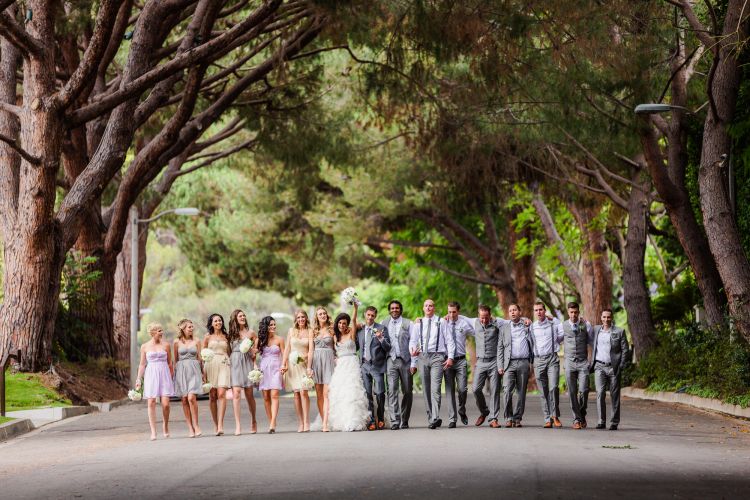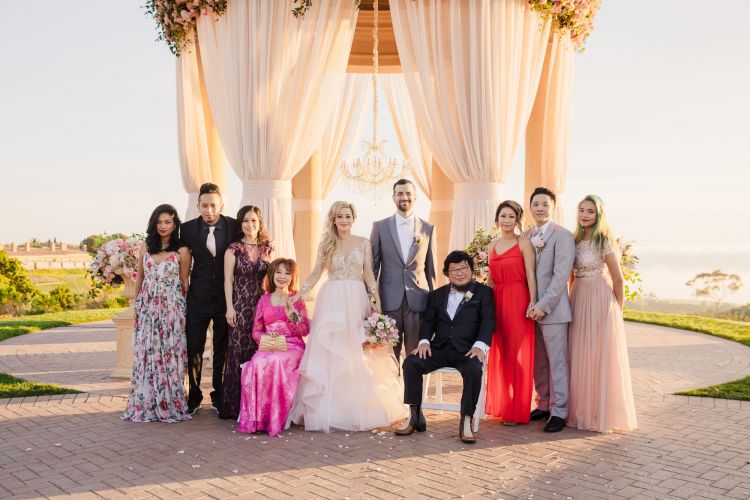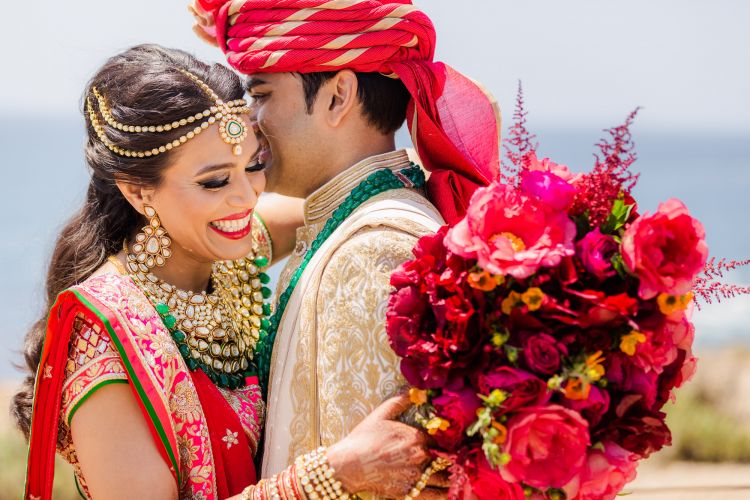
Regardless of what brand you prefer, in this article, I would like to discuss why the 24-70 and the 70-200 are the first two lenses you should purchase as an aspiring or professional photographer. In addition, as a wedding, event, portrait photographer, or photojournalist, I want to provide you with a reference guide on how to use these focal lengths effectively.
What Are The First Two Lenses You Should Buy?
I think a lot of us wish we could start over when it comes to purchasing and acquiring new gear. We all make the exact same mistakes of spending hundreds if not thousands of dollars on photography gear that we rarely end up using. If I could start over, I would save all of my prime lens purchases for later and simply start with a 24-70, and then a 70-200. I know this sounds crazy, but let me explain why.
Numbers Don’t Lie

I took 10,000 images delivered (not shot, delivered) in 2018 and looked at the metadata to see which lenses I favored most. Here’s what I found (in case you are watching the video, we rounded for simplicity). Out of 10,000 images:
67.1% were shot on a 24-70 focal length
26.7% were shot on the 70-200 focal length
That means that out of 10,000 delivered images, nearly 94% were shot on these two lenses. Primes, at the 24/35, 50, and 85mm ranges made up the remaining 6%. This doesn’t mean that your primes should be ditched, it simply means that maybe they shouldn’t be the first lenses you acquire.
Keep in mind, that if you only shoot portraits, these numbers may skew in the other direction to favor primes. These numbers are based on hybrid photojournalists that are shooting a blend of portrait and event photography. If you only shoot portraits, you might want to just skip to our 3 favorite prime lenses which we will be discussing in our next article/video.
The Benefits of Prime Lenses

Before you all think I’m bashing prime lenses, let me just say that there are obvious reasons why you will eventually want to add prime lenses to your kit (my favorites, the 24/35 and 85mm focal lengths). Here are a few of those reasons which we will discuss more in another article/video:
- Depth of Field Aesthetics (AKA “Bokeh): The wide open apertures of prime lenses yields a beautiful bokeh aesthetic. Many of you already understand this, so I will add on a little opinion here. Bokeh is overrated and overused. It’s not that I hate a shallow depth of field, I just find it to be a compositional crutch that we often use in lieu of thinking of other compositional elements that can add strength to our image. Say for example frames within frames, shapes, leading lines, lighting, posing, etc.
- Low Light Capability: There’s no getting around the fact that prime lenses will be better in low light situations. Certain situations like astrophotography or even photojournalism in a dimly lit venue will beg for a prime lens that can open up to f/1.2 or f/1.4.
- Quality/Value: Because prime lenses have less moving parts, you can generally get lenses that can offer equal or superior quality at a better value than their zoom lens counterparts. A more simple product yields a lower price on new and used lens markets. On the other hand, you’ve got new complex zoom lenses like the Canon RF 28-70mm f/2L which will set you back $3,000!
Being Creative Without Prime Lenses
As photographers, it can be hard for us to think of being creative without the bokeh and low light capability of prime lenses. While we can achieve decent bokeh with a 70-200 focal length, we need a significant amount of working space to do it. As for the 24-70, bokeh and background separation are simply not this focal lengths strong suit. Instead of focusing on what these lenses can’t do, I want to give you a creative guide on how to use their strengths to your advantage. All of the images shown within this article are captured with the 24-70/70-200 lenses.
24-70mm Focal Length

24-70mm Name Brand Variants: Canon, Nikon, Sony, Canon RF
Good 24-70mm 3rd Party Variants: Sigma, Tamron
As mentioned, we aren’t using the 24-70mm focal length for “bokeh” aesthetics. It can offer a modest amount of depth of field when shooting wide, particularly when zoomed in, but still, it’s not going to compare to a prime lens. Let it be known that newer variants of this focal length like the Canon 28-70mm f/2 are offering better bokeh aesthetics in this zoom focal length. But, the cost is significant.
With that said, I want you to focus on the strengths of the 24-70 focal length which are its:
- Versatility
- Speed
- In-the-action focal length
Let’s discuss each.
1. Versatility
The 24-70 offers an incredibly versatile focal length for any genre of photography. I use it as a flexible portrait lens that offers me the ability to control my field of view when shooting semi-tight fitness portraits like the ones you see here:


During engagement shoots, I love using the 24-70 for dramatic wide environmental portraits.



When shooting actual weddings and events, the lens allows me to move back and forth between wide images that frame an entire scene, all the way up to tighter images that capture a particular moment, or even the details within that moment.


In fact, once we get to family portraits, it’s my go-to lens for formals and group portraiture.



On top of this, when traveling it’s the one lens I always take since it allows me to capture virtually anything. From an incredible storm visible on the side of the road to a landscape shot of Horseshoe Bend, to even capturing my own children’s adventure portraits.




2. Speed
On top of its versatility, its next greatest strength is its speed. Speed in zooming to the exact focal length you need, as well as the speed in which the autofocus will snap to focus. From Canon to Sony to Nikon, the 24-70 focal length has always been incredibly quick which makes it a perfect lens for photojournalism. Fleeting moments that are here one moment, and then gone the next, this is the lens that will allow for less missed moments.
3. In-the-action focal length
Lastly, I appreciate how the 24-70 allows me to operate in-the-action. It’s a lens that’s designed to shoot in close quarters more than it is from a distance. What makes this amazing is that in addition to its versatility and speed, you get a lens that can create “in-the-moment” style images that make the viewer feel like they are truly part of the action.


24-70 IMPORTANT CONSIDERATIONS
It’s also worth noting that when using the 24-70 focal length, make sure you:
- Watch your backgrounds. You don’t have the compositional crutch of bokeh to blur out junk and garbage in the backgrounds of your image. Watch them closely!
- Use other compositional elements. Again, without a wide depth of field, you need to focus on storytelling through framing, lines, lighting, posing, expression and other compositional elements that extend beyond simply bokeh.
Now, let’s move to the 70-200 focal length.
70-200mm Focal Length

70-200mm Name Brand Variants: Canon, Nikon, Sony
Solid 70-200mm 3rd Party Variants: Sigma, Tamron
The 70-200 can provide a lot of compositional control, and even yield a comparable bokeh aesthetic as a prime lens when shooting wide open. However, it requires working space in order to do this. While an f/4 variant of this lens is good, if it’s in the budget I would recommend an f/2.8 variant that has stabilization. At longer focal lengths, you will be very appreciative of the additional money spent for a 70-200 that has better low light capability and the sharper images you will get from lens stabilization.
The strengths of the 70-200 focal length are its:
- Length
- Speed
- Compositional control
- Look for portraiture
1. Length
The length of this lens is great for portraiture and truly made for photojournalism. This is the lens that allows you to stand at a distance while having great compositional control in capturing the scene or a particular detail within the scene.


During a wedding, we are using this lens to shoot through to capture both the semi-wide and close up shot of the groom’s expression while the bride is making her way down the aisle.

Similarly, during other journalistic moments like a first look, we are able to capture the couple meeting, as well as move and get close up details all within the same moments.


2. Speed
Similar to the 24-70, every brand name 70-200 has given us a lens that just snaps into focus almost instantly. Its length and speed make it wonderful for photographing animals, sports, or virtually any fast-moving subject.


3. Compositional Control
Through perspective compression, the 70-200 gives us a lens with brilliant compositional control. By standing back and zooming in, we can make background elements appear closer than they actually might be. This is exactly how we captured this image of our wedding couple dancing to John Legend who was performing at their ceremony.

In addition, this compositional control makes it possible to blur backgrounds or simply easily frame out unwanted elements.

This also enables us to stand back and zoom in on our couple making it appear as though the waterfall is directly behind them.

Compositionally, this lens is also wonderful for shooting low and across surfaces or objects to exaggerate depth as you see in this portrait of the couple on the jetty.

4. Look For Portraiture
Finally, when zooming and shooting wide open, this lens has a beautiful “near-prime” aesthetic for portraiture. So long as you have working space, you have got an incredibly versatile portrait lens for any subject matter as you can see below.

It’s worth noting that when you are using the 70-200, make sure you:
70-200 IMPORTANT CONSIDERATIONS
- Maintain a sufficient distance. Don’t expect to get a lot of use from this lens when you are shooting in close quarters. For example, the 70-200 is not a good lens choice when shooting portraits inside of a small hotel room.
- Observing the action. One of the biggest mistakes I see people making with the 70-200 is attempting to shoot in-the-action like you would a 24-70. The 70-200 is not the right lens for the dance floor. Understand that when you are shooting events and photojournalism, stepping back to use a 70-200 might mean that other people will unknowingly step in the way of your shot. Remember that the 70-200 is a lens designed for observing from a distance, not working in close.
I hope you enjoyed this article, and I’d love to see what you think about these two lenses in the comments below!





Get Connected!